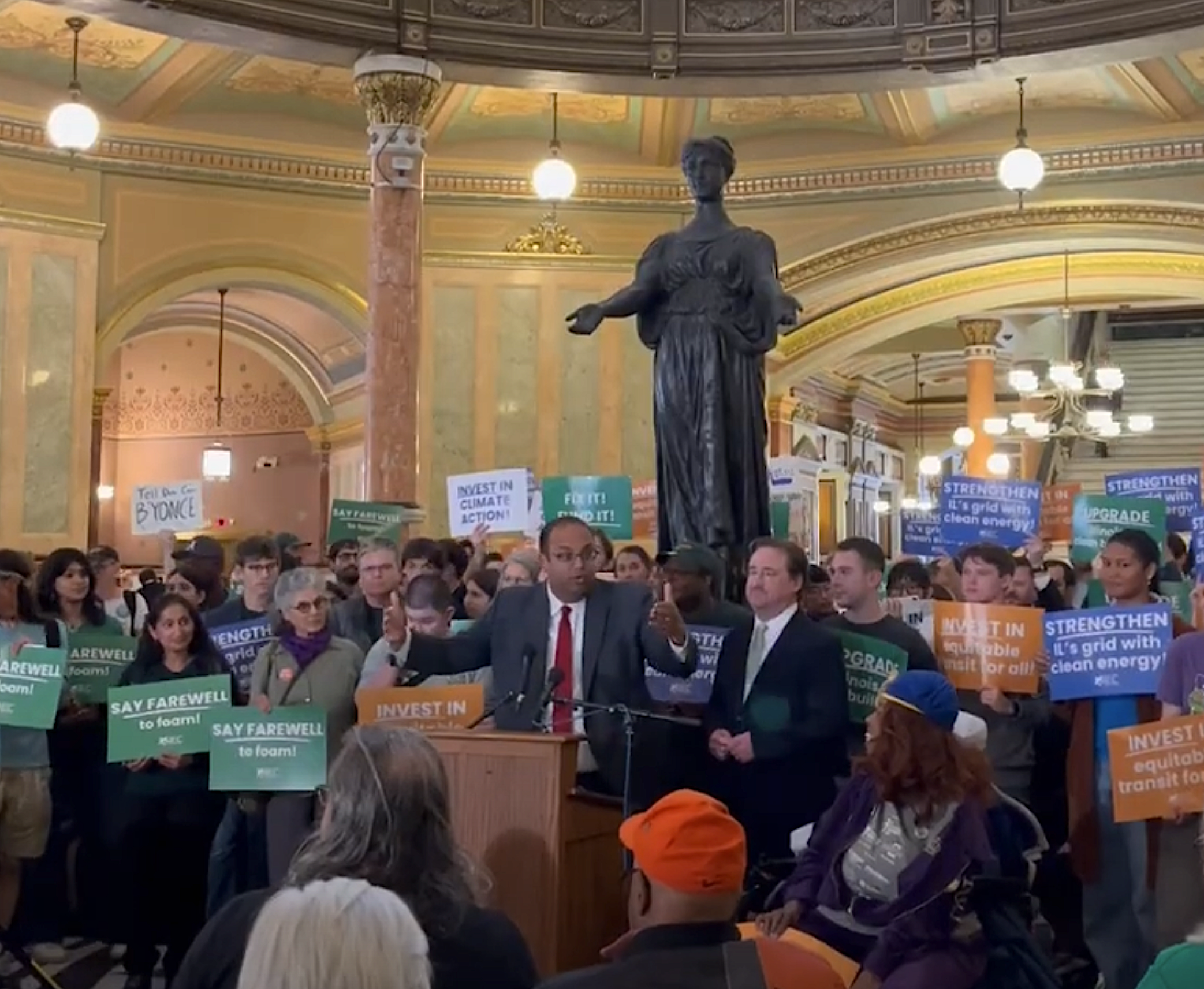Gone are the days when traffic engineers could confidently predict traffic volumes would rise in an upward trajectory into infinity. In America, miles driven per capita has dropped to the levels of the mid-1990s.
It should be pretty obvious by now that predicting the future is a lot more complicated than transportation departments pretend it is. As we reported last week, some transportation agencies are spending billions of dollars like the days of cheap gas and easy motoring never ended. What will we think of these decisions in 10, 20, or 50 years?
David Levinson at the Transportationist conjures up a scenario for the year 2030 in which the way we work and travel has been radically disrupted by new technology and social changes. His predictions are a bit tongue-in-cheek, but some of them are grounded in real trends:
Workers no longer “go” to work 6 days a week. Workers got Saturday off in the mid-20th Century. Getting every-other Friday off (the 5/4 schedule) became standard by 2015, establishing the 3-day weekend every other week as the norm. By 2020, this was every weekend, as people moved to a 9 hour day, 4 days per week at the office, and the other 4 hours were “at home” work – checking email on the long weekend, erasing once strict separation of home and work. By 2025 taking every-other Monday off (the 4/3 schedule) was established in most large employers.
Shorter careers are also the norm now, almost half the population doesn’t enter the regular workforce until 30, and most leave by 60. The workforce has continued its drop as technology-enabled worker productivity reduces the value of older workers. Firms also are not interested in paying for training, so most people now go through a 10-year unpaid internship while simultaneously attending school online and engaging other pursuits on a more or less random schedule.
Shoppers no longer “go” to shop, but order online, or let ‘bots and virtual agents order for them, especially for regular stocks like paper towels, napkins, and Spam. And then they let most goods get delivered. With less window shopping and a decline in advertising, the culture became less materialistic, going shopping as activity continues its long 30 year drop, and consumption of material goods has declined with it. Internet Ad-blockers, Netflix, and other time-shifting technologies made ads decline (though not disappear, many companies now want to coat road surfaces with new digital ad-delivery technology – a proposal that is splitting the Coalition Government in a few states), and desperate DOTs are looking favorably on sponsored roads).
Which of Levinson's forecasts might come close to the truth? It's hard to say. But maybe that's the point.
Elsewhere on the Network today: The Political Environment explains why a suburban water deal in metro Milwaukee is being watched by environmentalists throughout the Midwest and in Canada. The Wash Cycle outlines a new, ambitious bike plan for the nation's capital, put forward by a consultant working for the D.C. government. And Cascade Bicycle Club explains the benefits of walking "school buses" and "bike trains" for transporting children to school in a safe and healthy manner.






